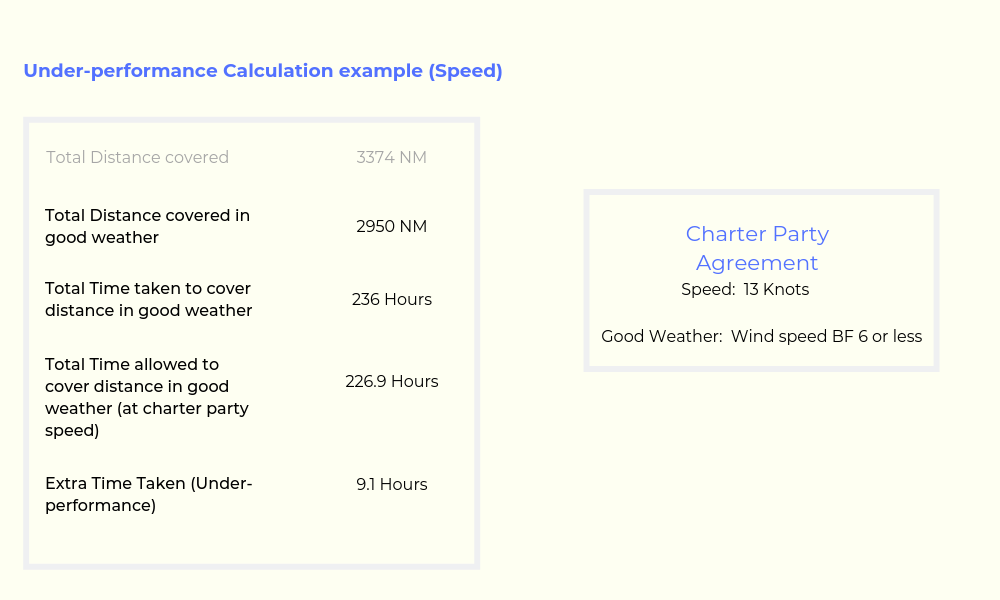Numerous risks were encountered during the operation of sea-going bulk carriers. Important shipboard issues require the use of a careful plan and care. This site is designed to serve as a guide for shipping organizations around the world. It provides information as well as guidance for loading and unloading bulk cargo types. The site should remain within the guidelines that are set by the classification society. It is important not to stress the structural integrity of the vessel and adhere to all safety rules to ensure safe sea passage. You might find useful details on bulk carrier issues on our pages of detail that are geared towards those working at sea and those who work ashore.
The general characteristics of bulk seagoing ships
Bulk carriers may be single deck vessels. They are equipped with top-side tanks, as well as side tanks that hoppers can use. They are typically used in cargo areas. They are built to carry solid bulk cargo. Solid bulk cargo includes anything other than liquids or gases comprised of a mixture of particles and granules. It is possible to load directly into cargo containers without any form of containerization. Grain, sugar, and ores in bulk are examples of dry cargo. Bulk carriers are defined as any ship designed primarily to carry liquid or solid goods in bulk. Tankers can also be included. The term is used primarily to describe ships that carry solid bulk cargos. This includes grains and similar agricultural products. Click over to this tankers site for more.

What Is A Bulk Carrier ?General Features Of Bulk Carriers Are:
"A ship which is intended primarily to carry dry cargo in bulk, including such types as ore carriers and combination carriers"
The capacity of carrying varies from 3,000 tonnes to 300,000 tonnes
-Average speed of 12-15 knots
-Single deck ships, ie no tweendecks
Carriers from small to medium sizes (carrying up to 40,000 tonnes) typically have cargo handling gear. Larger vessels are, however, equipped with docks for loading and unloading.
Cargo hold dimensions are usually vast without obstructions. They also have larger hatch sizes which allow for easy loading/unloading.
Most bulk carriers have a cargo space, which is devoted to ballast. This can be used to improve stability on ballast voyages. It is also possible to ballast in part, but this is only allowed for ports.
They can be used as single-pull or hydraulic covers, or stacking (piggy back) steel hatch covers.
Four types and sizes of ballast tanks:
Sloping topside wing tanks
Sloping bottom side wing tank
Double bottom tanks
Post peak and peak peak ballast water tanks
Bulk solid cargo? Solid bulk cargo refers to any material that is not gas or liquids composed of grains, particles, or larger pieces that can be placed directly into the cargo area without extra containment. Cargoes transported by bulk carriers include "clean" foodstuffs as well as "dirty" minerals. These materials can react with each other and with contaminants like water. Thus, it is vital to prepare the cargo spaces to accommodate the particular cargo. The cargo area needs to be cleaned in a way that allows loading. Surveyors will often need examine the area to make sure it is safe to load. It is crucial that any residues of a previous cargo be removed to ensure that no contamination will occur. The damage to bulk cargoes can be mostly due to water. The hold should be dry in order to accommodate cargo. But, hatch covers must be watertight, or sealed if necessary to stop water from entering. All fittings inside the container (ladders pipe guards, ladders and bilge pipes.) are to be examined. It is essential to check every fitting in the hold for cargo (ladders and pipe guards etc.) and ensure they are properly installed. This equipment can cause serious damages and delay to conveyor belts. Inadvertent discharge of cargo could cause the ship to be accountable. Have a look at this bulkers specialist for more.

Bulk Carrier or Bulker? A vessel made to carry dry cargo, loaded into the vessel, with no container other than the vessel's boundaries and is distinct from the bulk carrier for liquids or tanker. Conventional bulk carriers have one deck, with a single skin, double-bottom, topside and hopper side tanks. Bulk carriers can carry any bulk cargo that is light or heavy grain, up to their maximum deadweight. The process of loading, carrying and then releasing dry bulk cargo can be more complex than people believe.
Gearless Bulk Carrier
Many bulk cargoes are characterized by dangers and can change their properties upon passage. Unintentional loading can cause damage to the vessel, e.g. The ship can bend if it is loaded to the maximum forward holding. This could cause the ship to'stress'. It can result in dangerous situations on the sea during severe weather. Residues from previous cargoes can affect the cargoes that follow. Certain bulk cargoes, such as cement power can also suffer from water damage. cement power. It can be challenging to establish the exact weights and quantities of cargoes being loaded and not loaded. These elements can have severe effects on how bulk cargoes are transported safely. Discharging bulk cargo using? Bulk cargoes have the tendency of forming a cone once they are loaded when conveyor belts and similar systems aren't closely monitored and monitored. The angle formed by the cone is referred to as the angle of repose. It varies from one cargo to the next. For iron ore, cargoes may form a steeply angled cone. However, cargoes that flow freely may form a shallow angle cone. Cargoes that have low angles of repose tend to move more during transit. Bulldozers could be used for some items to spread the load onto the sides of the holding because the cargo is close to its completion. While most dry-bulk carriers use docks on the shore for cargo loading or discharge, some bulk carriers offer self-unloading capabilities with conveyors beneath the cargo holds or cranes in decks.
